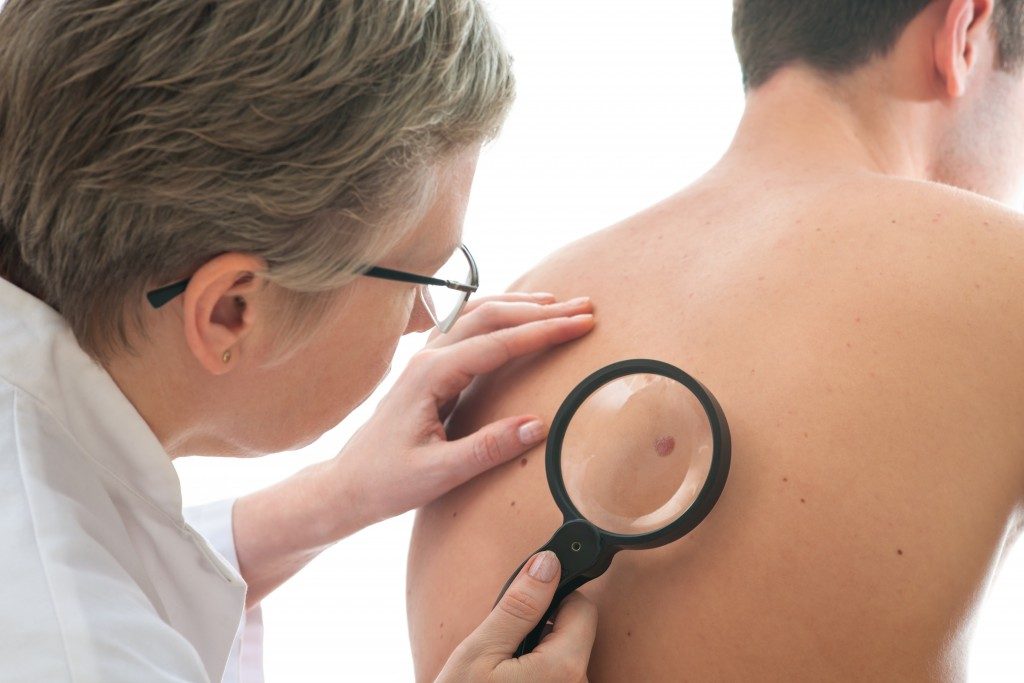Whether in the laboratory, clinic, or hospital, well-maintained and sterilised surgical instruments are crucial. Stainless steel is regarded as the best material for surgical instruments, with a thorough cleaning and proper maintenance prolonging their life and preventing the spread of infection. Every day millions of surgical operations are conducted around the world. According to the Australian Institute of Health and Welfare, 1 in 4 hospitalised patients in Australia during 2017 underwent a surgical procedure. Patients place an immense amount of trust in medical staff when receiving surgery. No matter how competent the surgical team is, a significant amount of risk is present if the sterilising and maintenance of surgical instruments is not strictly enforced. Since surgery involves incision into a patient’s body, one of the greatest risks is infection during the operation, which can lead to severe pain and cause extended recovery periods. In the worst cases, infection leads to blood poisoning, or septicaemia, where the bacteria and toxins enter the bloodstream. If left untreated, the infection can progress to sepsis, which is life-threatening unless identified and treated quickly. Sepsis causes inflammation throughout the body, increasing the chance of blood clots that can cause organ failure. niques
Immediately after every use, rinse instruments under running water to remove all blood and bodily fluids that were acquired during the operation. Not rinsing right away and letting it drip dry may damage the instrument and will make sterilising more difficult. After rinsing, cleaning the instrument is the next step. There are three ways to clean surgical instruments: through ultrasonic cleaning which uses cavitation, with an automatic washer steriliser, and by manually scrubbing with a plastic cleaning brush. If you choose the manual process, make sure to brush instruments carefully to minimise the risk of damage, and handle them separately to reduce the chance of any cross-contamination. After cleaning, dry the instruments with a clean towel to avoid the formation of water spots.

Sterilising
The sterilisation process is vital in properly disinfecting medical devices that are used in surgical procedures. Sterilising surgical equipment will prevent the build-up of bacteria and reduce the risk of infection. While dry heat and chemical sterilants such as ethylene gas and hydrogen peroxide gas plasma can be used, many surgeons recommend the use of an autoclave as the best method for the sterilisation of surgical instruments. In Australia, autoclaves are available for sale for sterilisation of instruments used in a variety of sectors, including surgery and medicine, microbiology, funerary practices and prosthetics.
Storage
After rinsing, cleaning, and sterilising, store the surgical instruments in a clean and dry environment until needed again. Surgical instruments are vital tools for the medical profession. However, with the risk of infection from instruments incorrectly sterilised emphasises the importance of the training of staff in the proper procedures for handling and cleaning. Knowing how to care and maintain surgical instruments is as important as knowing how to use them.



